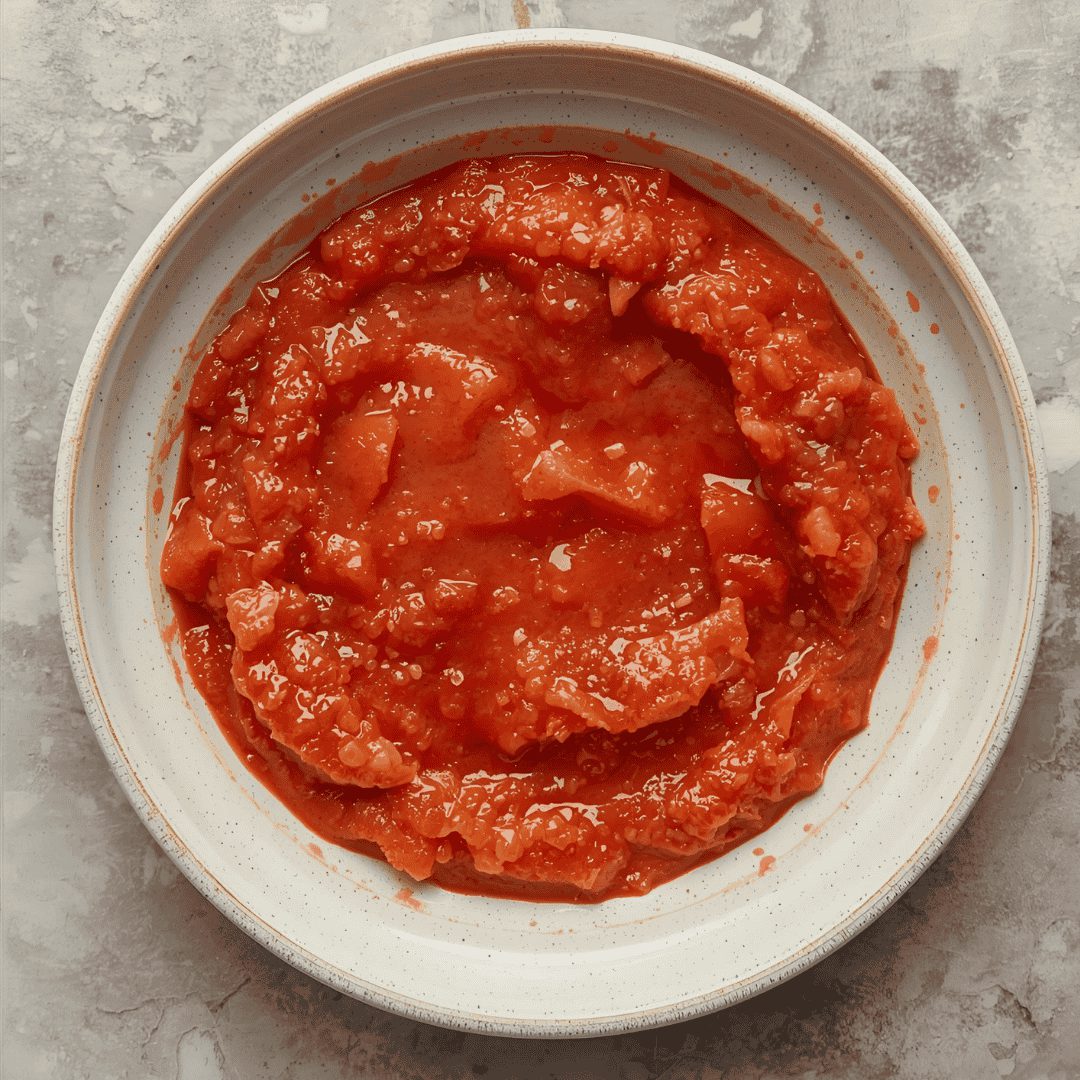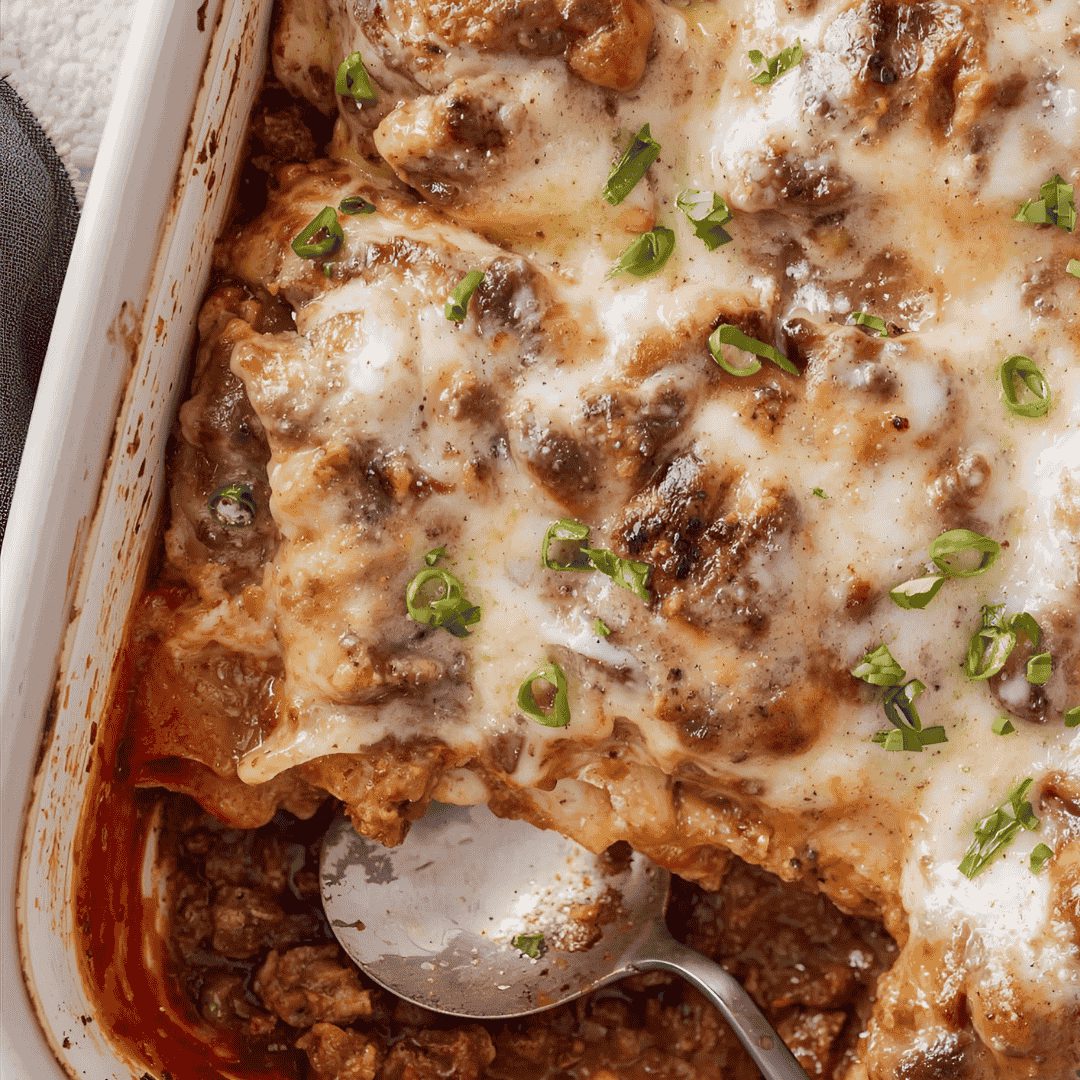Note
Ultimate Guide to a Unique Meaty Stuffed Pepper Casserole
This casserole transforms the classic stuffed pepper dish into an easy-to-make, layered bake that delivers all the hearty flavors with none of the fiddly stuffing. Below are the steps, tips, serving suggestions, storage advice, and variations to make this recipe truly your own.
Recipe Tips for Perfect Execution
Achieving a superior stuffed pepper casserole requires attention to a few key techniques, primarily centered on flavor development and moisture control.
1. Pre-Cooking the Rice for Texture
Unlike some recipes that call for uncooked rice, we recommend partially cooking your rice (e.g., to about half or two-thirds done) before adding it to the casserole mixture. This simple step ensures the rice finishes cooking evenly within the sauce, preventing any hard, undercooked grains, and it also absorbs excess liquid from the tomatoes and beef, leading to a perfectly set, not watery, casserole.
2. The Art of "Blooming" the Spices
When browning your ground meat (a combination of ground beef and Italian sausage works best for depth of flavor), drain the excess fat after cooking. Before adding the liquid ingredients (like tomato sauce or broth), stir in your spices (smoked paprika, oregano, and garlic powder) for about one minute over the heat. This process, known as blooming, toasts the spices in the residual heat, maximizing their aromatic potency and ensuring a more profound, well-rounded flavor profile throughout the entire dish.
3. Layering Technique for Presentation
To mimic the look of traditional stuffed peppers, focus on how you arrange your ingredients. The mixture of seasoned meat and rice goes into the middle. The chopped bell peppers should be layered mostly on top of the filling, allowing them to soften slightly but retain a satisfying crispness. A final layer of cheese should cover the peppers entirely, creating a crust that locks in moisture and provides a beautiful finish.
Serving Tricks for an Elevated Meal
While the casserole is a complete meal on its own, a few simple additions can elevate the presentation and overall dining experience.
1. Fresh Herbs and Acid
Always finish the baked casserole with a generous sprinkle of freshly chopped parsley or basil just before serving. The bright, fresh herbs cut through the richness of the meat and cheese. For a final flourish, serve with a small bowl of plain Greek yogurt or sour cream mixed with a dash of hot sauce or lemon zest. The tangy acid provides a fantastic contrast to the sweet peppers and savory filling.
2. Pairing with Sides
Choose side dishes that complement the rich, tomato-based main course without overwhelming it.
- Crusty Bread: Serving slices of crusty Italian or French bread is essential for scooping up the savory sauce left behind on the plate.
Storage and Meal Prep Advice
This casserole is an excellent candidate for both make-ahead meals and freezing, as the flavors often deepen overnight.
1. Refrigeration
The casserole is best consumed within 3 to 4 days. For individual servings, portion the leftovers into microwave-safe containers before chilling.
2. Freezing Instructions
To freeze the casserole, you have two options:
- Unbaked: Assemble the casserole fully, but do not bake it.
- Baked: Cool the fully baked casserole completely. Cut it into individual portions before wrapping each piece tightly in plastic wrap and placing them in a freezer bag. This is ideal for quick, single-serve meals. Reheat in a microwave or a 350∘F (175∘C) oven until hot throughout.
Flavor and Ingredient Variations
The beauty of a casserole lies in its flexibility, allowing you to easily adjust ingredients to suit dietary needs or flavor preferences.
1. Protein Substitutions
- Poultry: Swap the beef and sausage mixture entirely for ground turkey or chicken. To maintain a savory profile, be sure to increase the seasoning, particularly with fennel seed or sage, which mimic the savory notes of pork sausage.
- Plant-Based: For a meatless option, substitute the ground meat with cooked lentils or quinoa mixed with a generous amount of finely chopped mushrooms to achieve a similar meaty texture and earthiness.
2. Base Grain Alternatives
If you prefer a different texture than rice, consider these swaps:
- Quinoa: Use cooked quinoa for a healthier, protein-rich base. Quinoa absorbs moisture exceptionally well and adds a nutty flavor.
- Small Pasta: Orzo or Ditalini pasta can replace the rice entirely. Cook the pasta slightly under al dente before mixing it into the casserole filling.
3. Spice and Cheese Twists
- Southwest Flair: Replace the oregano with a mix of chili powder and cumin. Use pepper jack cheese instead of mozzarella, and stir in a small can of diced green chilies into the meat mixture.
- Mediterranean Style: Swap the tomato sauce for a creamy base of feta cheese, spinach, and a splash of olive oil. Season with dill and mint instead of oregano for a bright, tangy flavor profile.
Conclusion
The Stuffed Pepper Casserole is a culinary chameleon—it embraces the nostalgic taste of comfort food while being simple enough for any weeknight. By focusing on smart flavor steps like rice pre-cooking and spice blooming, and experimenting with diverse substitutions, you can consistently produce a robust, well-textured, and completely original meal that satisfies all the heartiest appetites at your table.




 Gently lift the casserole from the oven and remove the foil covering. Place the uncovered dish back into the oven and let it bake for an additional 8 to 10 minutes.
Gently lift the casserole from the oven and remove the foil covering. Place the uncovered dish back into the oven and let it bake for an additional 8 to 10 minutes. 

